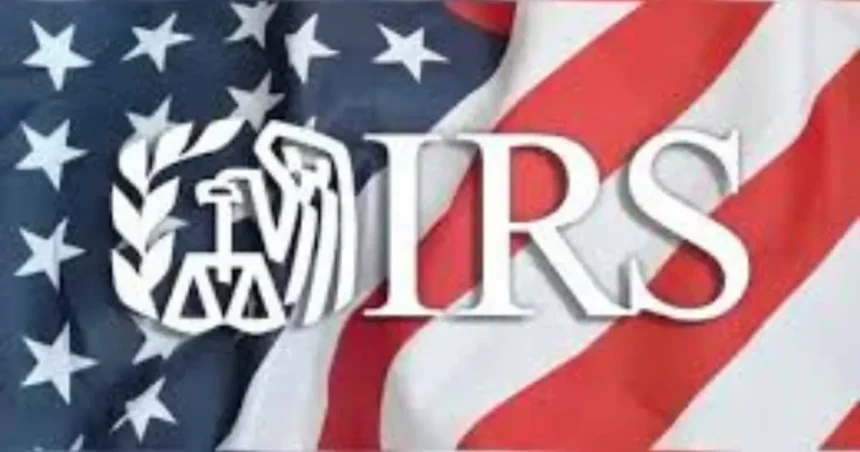The 2026 tax brackets have been officially announced by the Internal Revenue Service (IRS), outlining changes in income thresholds that reflect inflation adjustments and the potential expiration of the 2017 Tax Cuts and Jobs Act provisions. These updates will directly affect millions of U.S. taxpayers, from individuals to married couples filing jointly, as they plan for the upcoming fiscal year.
The IRS on Thursday unveiled the 2026 tax brackets, marking one of the most significant updates in recent years for U.S. taxpayers. The changes, set to take effect on January 1, 2026, adjust income thresholds across all seven federal income tax rates, aiming to account for inflation and the possible rollback of Trump-era tax cuts
Under the new 2026 tax brackets, individual filers will see shifts that could result in either higher or lower liabilities depending on their income range and deductions. The standard deduction is expected to rise again, providing modest relief to middle-income earners. However, experts warn that if the 2017 Tax Cuts and Jobs Act provisions expire as scheduled, millions could face higher effective tax rates starting in 2026.
For married couples filing jointly, the IRS 2026 tax brackets increase the top thresholds, slightly widening the income range for each rate. Tax professionals say the adjustment could ease the so-called “marriage penalty,” though some high-income households may still see steeper rates once the temporary cuts expire.
In comparison to the 2025 tax brackets, the new schedule shows consistent inflation-based growth across all categories. The 10%, 12%, 22%, 24%, 32%, 35%, and 37% rates remain in place, but income limits have been lifted by an average of 3% to 4%. Financial analysts say the new 2026 brackets reflect the IRS’s ongoing effort to align tax obligations with cost-of-living increases and broader economic shifts.
While the changes are designed to stabilize purchasing power, they arrive at a time of political debate over whether the expiring 2017 cuts should be extended. Lawmakers in Washington are divided: Republicans argue that making the cuts permanent will protect middle-class taxpayers, while Democrats insist that wealthier Americans should pay a larger share to address the growing federal deficit.
Economists also note that state-level tax policies will influence how individuals feel the real impact. Many states use federal benchmarks to calculate local income tax rates, meaning the ripple effects of the 2026 tax brackets could stretch beyond federal filings.
Tax experts recommend that individuals begin planning early for 2026, as adjustments to withholdings, deductions, and retirement contributions could offset potential increases in liability. With economic uncertainty lingering, these updates serve as both a guide and a warning for American households to reassess their financial strategies.
The release of the 2026 tax brackets underscores the IRS’s attempt to balance inflation relief with fiscal responsibility. For millions of Americans, the fine print will determine how much of their income stays in their pockets when they file in the new tax year.














